A Visitor’s Guide to Fort Calgary: History, Exhibits, and Cultural Experiences
Fort Calgary is a historic site and museum located at the confluence of the Bow River and the Elbow River in Calgary, Alberta. It marks the birthplace of the city, where the North West Mounted Police (now the RCMP) established a fort in 1875. The fort was instrumental in maintaining peace and order during the early settlement of Western Canada, and today, Fort Calgary stands as a symbol of Calgary’s origins and an important educational site where visitors can explore the city’s history, Indigenous heritage, and Western culture.
Through interactive exhibits, historic displays, and hands-on activities, Fort Calgary provides a fascinating glimpse into Calgary’s past, from its Indigenous roots to its development as a thriving urban center.
A Historical Landmark in Calgary’s Development
Fort Calgary was originally built by the North West Mounted Police (NWMP) to establish law and order in the region and to foster good relations between Indigenous peoples and settlers. The fort played a key role in shaping the future of the Canadian West, laying the groundwork for Calgary’s growth as a city.
Fort Calgary is located in Inglewood, just east of downtown Calgary, and covers 40 acres of parkland along the Bow and Elbow Rivers. The site is now both a historical monument and a museum that explores Calgary’s rich heritage, featuring interactive exhibits, educational programs, and events for visitors of all ages.
What to See and Do at Fort Calgary
- Explore the Fort Calgary Museum:
- The museum at Fort Calgary offers a comprehensive look at the history of the North West Mounted Police, the role of the fort in Western settlement, and the development of Calgary. Visitors can explore exhibits that highlight life at the fort in the late 19th century, the relationship between settlers and Indigenous communities, and the growth of Calgary into a modern city.
- NWMP Barracks Exhibit:
- One of the key exhibits is a recreation of the NWMP barracks, where visitors can see what life was like for the officers stationed at the fort in the late 1800s. The exhibit includes period artifacts, uniforms, and living quarters that offer a glimpse into the daily lives of the officers and their work to maintain peace in the region.
- Calgary’s Early Days:
- Another exhibit focuses on Calgary’s early development, from a small settlement to a bustling city. Visitors can learn about the challenges faced by early settlers, the arrival of the Canadian Pacific Railway, and the rise of Calgary as a commercial hub.
- Indigenous History and Culture:
- Fort Calgary places a strong emphasis on the Indigenous history of the region, recognizing that the land on which the fort was built is part of the traditional territory of the Niitsitapi (Blackfoot Confederacy), Tsuut’ina Nation, and Îyârhe Nakoda (Stoney Nakoda) peoples.
- Indigenous Exhibits:
- The museum includes exhibits that explore the rich cultural heritage of the Indigenous peoples who have lived in the area for thousands of years. Visitors can learn about Indigenous traditions, languages, and the impact of European settlement on Indigenous communities. Artifacts, storytelling, and interpretive displays highlight the deep connection between the land and its original inhabitants.
- Reconciliation Efforts:
- Fort Calgary also plays a role in the ongoing efforts toward reconciliation between Indigenous and non-Indigenous communities. Educational programs, talks, and events at the fort address the importance of reconciliation, cultural understanding, and the shared history of the land.
- Fort Grounds and Interpretive Trails:
- The grounds of Fort Calgary offer visitors a chance to explore the historical landscape, including the original site of the fort and surrounding parkland. Interpretive trails wind through the area, with signs and markers that provide historical context and information about the early days of the fort and its significance to the development of Calgary.
- The Confluence of the Bow and Elbow Rivers:
- Visitors can walk to the point where the Bow and Elbow Rivers meet, a site of historical importance for both Indigenous peoples and the NWMP. This area is a peaceful spot to reflect on the natural beauty of the region and its significance in shaping the history of Calgary.
- Historic Fort Structures:
- While the original fort buildings no longer exist, the site includes markers and recreations of key structures, such as the officers’ quarters and the NWMP barracks. Visitors can walk through these areas and imagine what life was like for those who lived and worked at the fort in the 19th century.
- Seasonal Events and Reenactments:
- Fort Calgary regularly hosts historical reenactments, seasonal events, and cultural celebrations that bring history to life. Popular events include:
- Canada Day Celebrations:
- Fort Calgary is a hub of activity on Canada Day, with family-friendly events, live music, food trucks, and historical reenactments. The site is a great place to learn about the history of the nation and enjoy festivities with the whole family.
- Historic Dinners and Performances:
- The fort also hosts historic dinners, where visitors can enjoy meals inspired by recipes from the late 1800s while experiencing live performances and storytelling that recount the fort’s history and the people who shaped Calgary’s development.
- Educational Programs:
- Fort Calgary offers a range of educational programs for schools, families, and history enthusiasts. Programs include guided tours, interactive workshops, and educational sessions focused on Western Canadian history, Indigenous culture, and the NWMP.
- The Deane House:
- Located adjacent to Fort Calgary is the Deane House, a historic building originally built in 1906 as the residence of Captain Richard Deane, the commanding officer of Fort Calgary. The Deane House is now a restaurant, offering a unique dining experience with a menu that celebrates local ingredients and flavors.
- Visitors can enjoy lunch or dinner in the historic setting, with views of the Bow River and access to the beautiful gardens surrounding the house. The Deane House is also known for hosting afternoon teas and special events, making it a popular stop for those looking to combine history with fine dining.
- Calgary’s Role in Western Expansion:
- Fort Calgary explores the role of the city in the broader context of Western Canadian expansion, including the impact of the fur trade, the arrival of the railway, and the rise of agriculture and ranching. Visitors can learn about Calgary’s transformation from a remote outpost to a thriving urban center, and the important figures who played a role in the city’s development.
How to Get There
Fort Calgary is located just east of downtown Calgary, making it easily accessible by car, public transport, or even on foot from the city’s core.
- Address: 750 9 Ave SE, Calgary, AB T2G 5E1
- Public Transport: The site is accessible by Calgary Transit buses and is within walking distance from the City Hall CTrain Station.
- Parking: Free parking is available on-site for visitors.
Visiting Hours and Admission
Fort Calgary is open year-round, though hours may vary depending on the season and special events. Admission fees apply, with discounts for children, students, and seniors.
- Hours: Open daily; check the official website for seasonal hours.
- Admission: Tickets can be purchased online or at the entrance.
- Official Website: https://www.fortcalgary.com/
Best Time to Visit
The best time to visit Fort Calgary is during the spring and summer months, when the weather is ideal for exploring the outdoor grounds and participating in seasonal events. Canada Day is a particularly exciting time to visit, as the fort hosts a range of celebrations that bring history and culture to life.
A Must-Visit for History Enthusiasts and Families
Whether you’re interested in exploring Calgary’s early history, learning about the Indigenous cultures of the region, or simply enjoying a peaceful walk along the river, Fort Calgary offers a unique and educational experience for visitors of all ages. With its rich historical exhibits, engaging programs, and beautiful natural setting, Fort Calgary is a must-visit destination for anyone looking to discover the roots of this vibrant Western city.

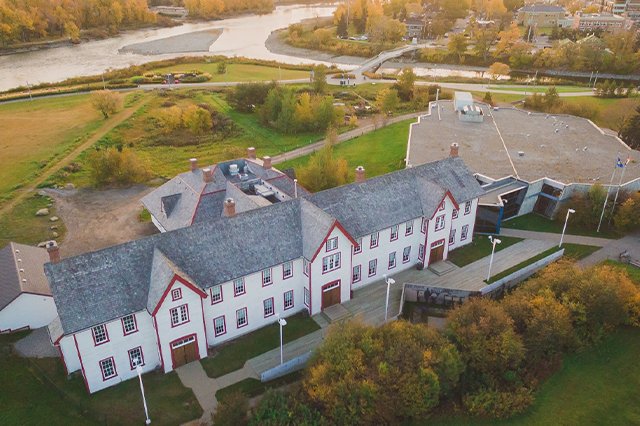
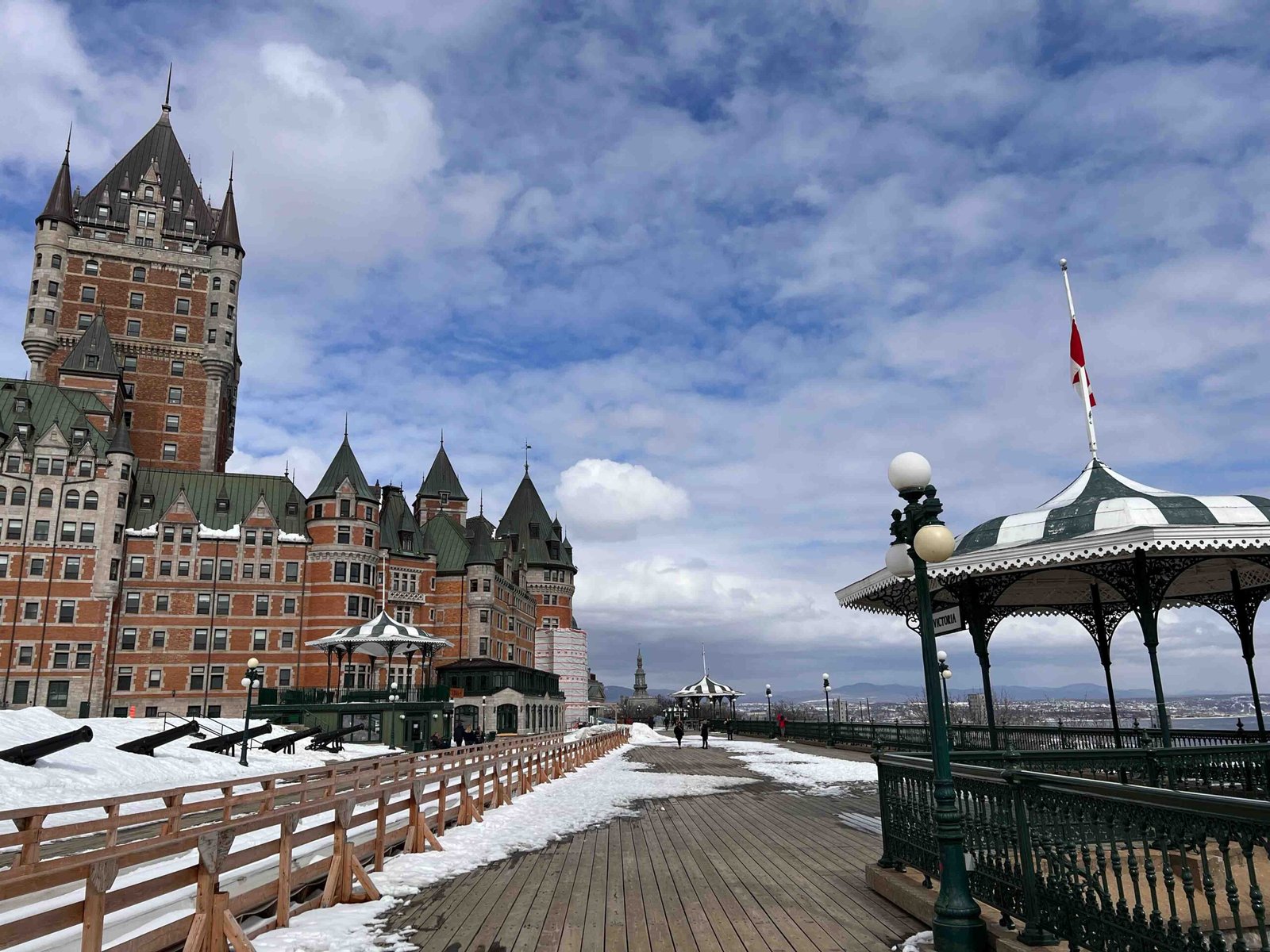
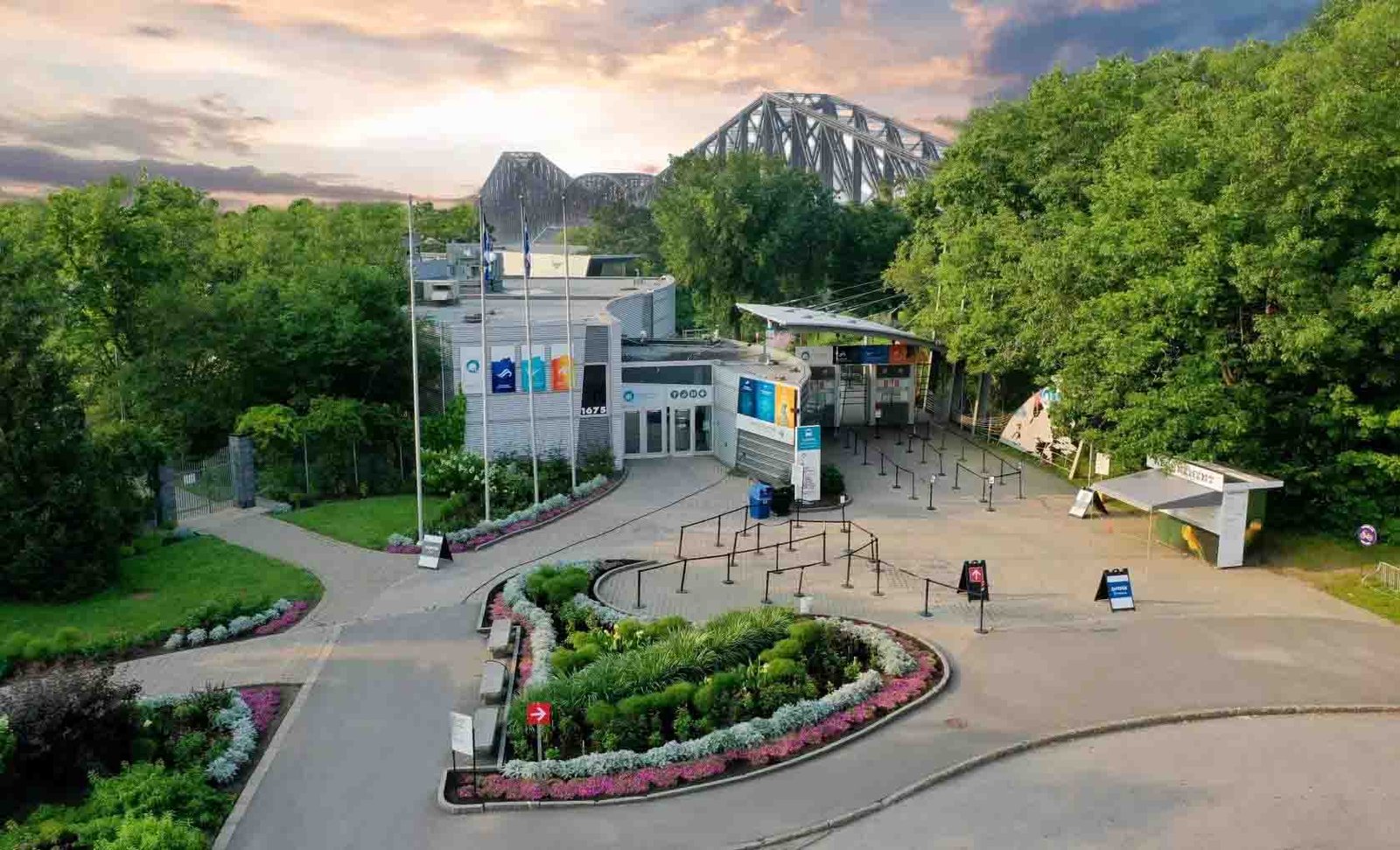
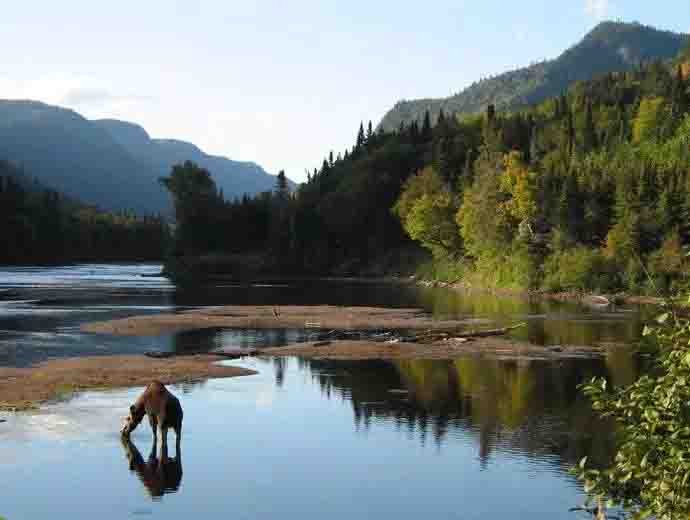
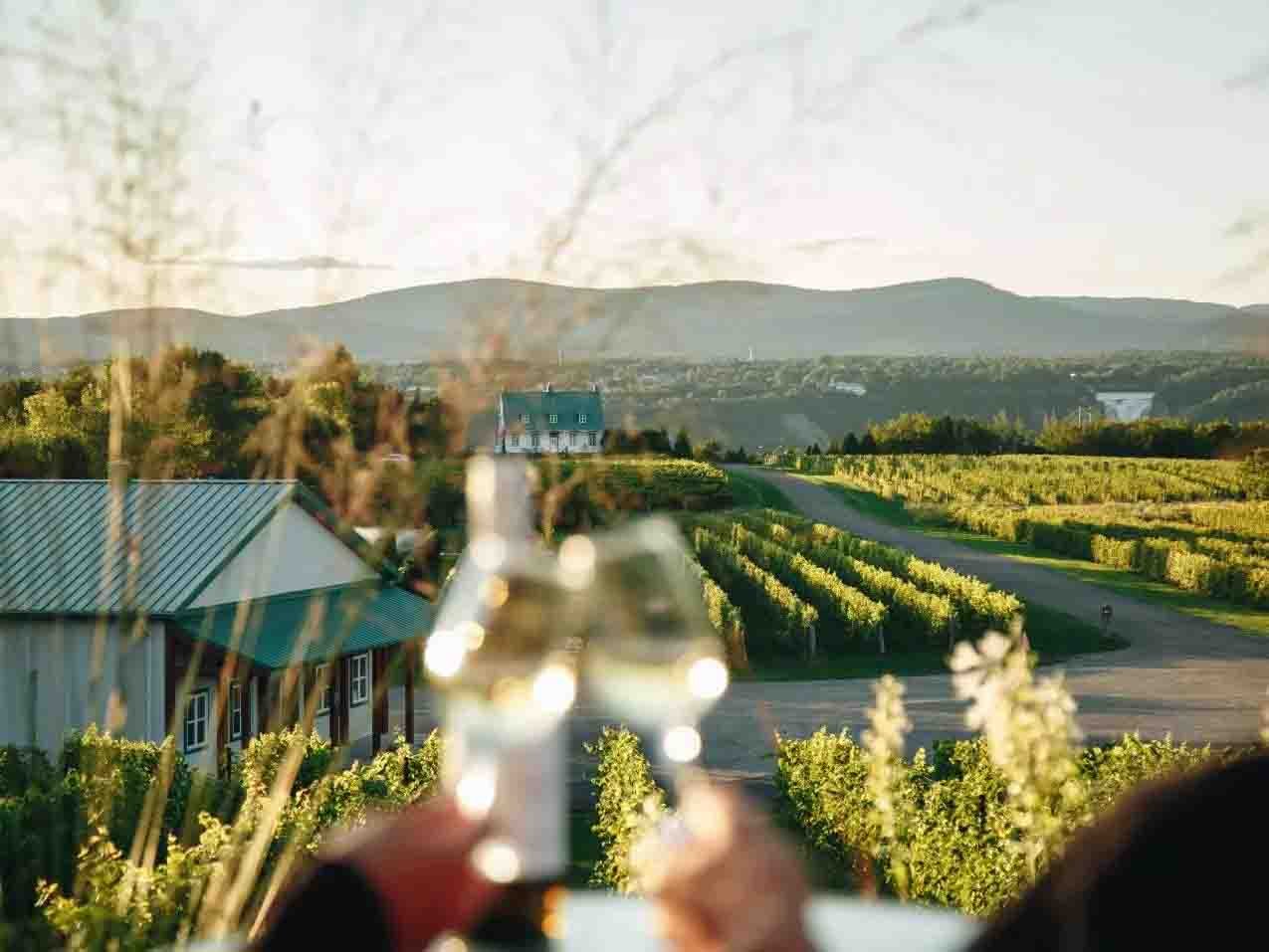
Leave a Reply